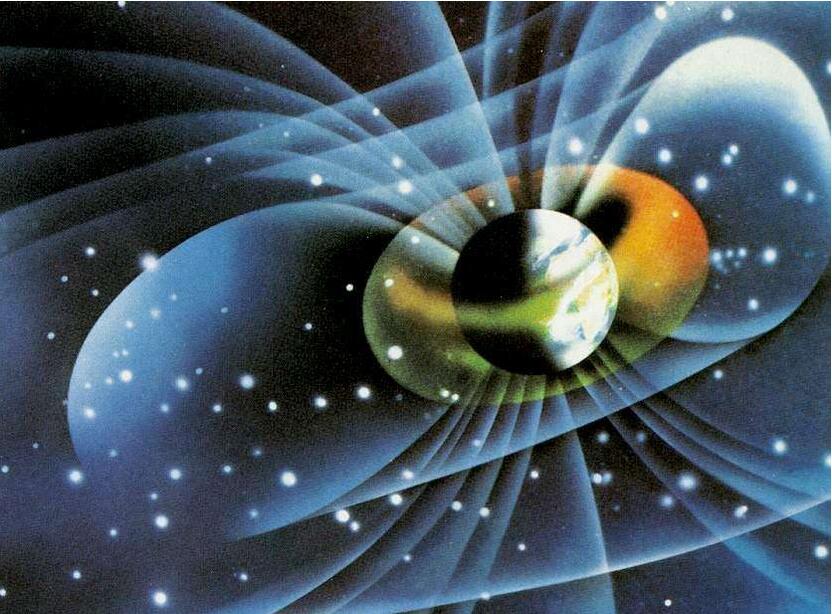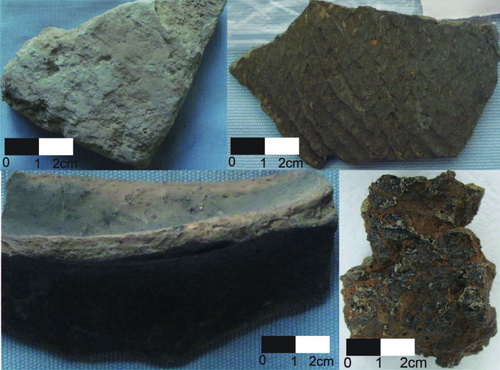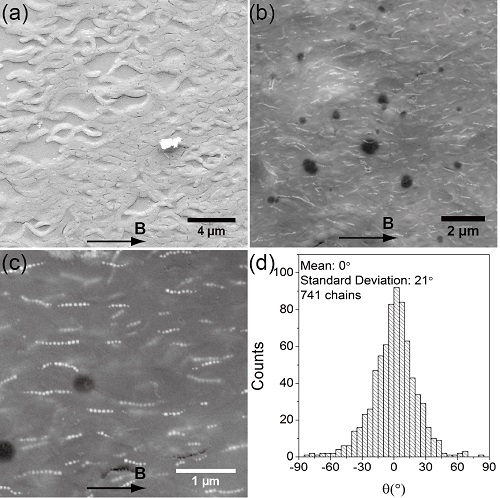Researchers Link Fundamental Rock Magnetic Properties to the Accuracy of Ancient Geomagnetic Field RecordsUpdate time:12 01, 2017
Map of earth magnetosphere(Image form tech.china.com) Earth's magnetic field is thought to have existed for most of our planets history. In the present day, it plays a key role in protecting our modern communication and power infrastructure from potentially harmful solar wind radiation, but it may have also played a fundamental role in providing an essential protective barrier for the emergence of life on Earth. Understanding the past evolution of the geomagnetic field requires examining the magnetic recordings acquired by rocks when they formed. Determining the strength (paleointensity) of the ancient geomagnetic, however, is fraught with difficulties that make understanding the evolution of our planet more challenging. One of the main challenges is that some rocks are not good magnetic recorders and do not record the geomagnetic field well. However, linking fundamental properties that relate to a rock's ability to record a magnetic field to paleointensity results is a long-sought-after, but unfulfilled goal. Led by associate professor Greig Paterson from IGG, an international team of researchers has demonstrated the first quantitative link between fundamental magnetic properties and the behavior of paleointensity data. Using data from rapid and easy to measure properties they defined a new measure of magnetic stability called "bulk domain stability" that is related to the inaccuracy of paleointensity results. This relationship can be used to reject low-fidelity paleointensity records and help resolve controversy that surrounds key questions about the evolution of our planet, such as when did the geodynamo begin, when did the inner core solidify, or how early life may have interacted with the magnetic field. This work was published in Proceedings of the National Academy of Sciences. (Link) This research was done in collaboration with researchers at Imperial College London, UK, and Kochi University, Japan and was supported by the National Natural Science Foundation of China and the Chinese Academy of Sciences.
|
Contact
Greig A. Paterson
Institute of Geology and Geophysics, Chinese Academy of Sciences E-mail: greig.paterson@mail.iggcas.ac.cn Related Articles
Reference
|
-
SIMSSecondary Ion Mass Spectrometer Laboratory
-
MC-ICPMSMultiple-collector ICPMS Laboratory
-
EM & TEMElectron Microprobe and Transmission Electron Microscope Laboratory
-
SISolid Isotope Laboratory
-
StIStable Isotope Laboratory
-
RMPARock-Mineral Preparation and Analysis
-
AAH40Ar/39Ar & (U-Th)/He Laboratory
-
EMLElectron Microscopy Laboratory
-
USCLUranium Series Chronology Laboratory
-
SASeismic Array Laboratory
-
SEELaboratory of Space Environment Exploration Laboratory
-
PGPaleomagnetism and Geochronology Laboratory
-
BioMNSFrance-China Bio-mineralization and Nano-structure Laboratory

 Print
Print Close
Close



